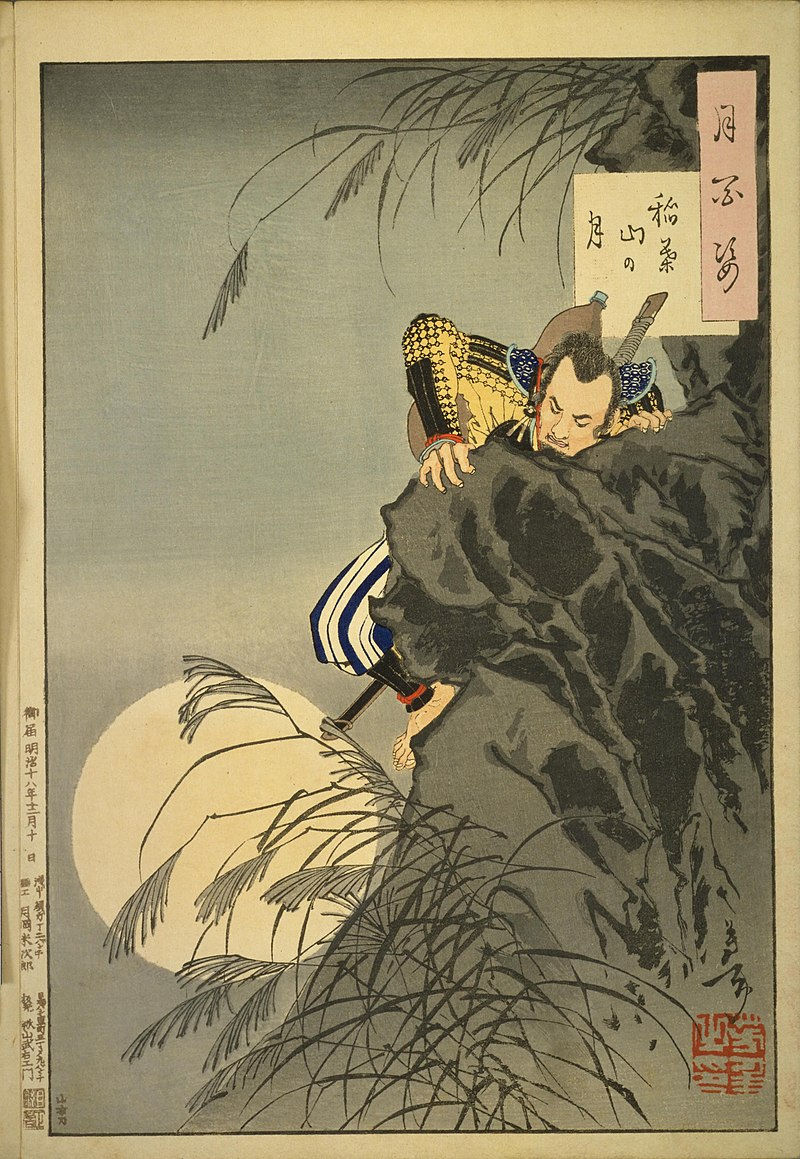Tokugawa Yoshinobu
- 2304583d
- Aug 4, 2024
- 2 min read

Tokugawa Yoshinobu (德川 慶喜) (1837–1913) was the 15th and last shogun of the Tokugawa shogunate. His tenure as shogun was marked by the final phase of the Edo period, which saw significant internal and external pressures that ultimately led to the end of the Tokugawa shogunate and the restoration of imperial rule in Japan.
Early Life and Background
Birth and Family: Tokugawa Yoshinobu was born on October 28, 1837, as the son of Tokugawa Nariaki, a daimyo of Mito Domain. His birth name was Tokugawa Kiyoteru. He was adopted into the Tokugawa family as the heir apparent, taking the name Tokugawa Yoshinobu, and was groomed to become the future shogun.
Education and Preparation: Yoshinobu was educated in both traditional and Western disciplines to prepare for leadership in a rapidly changing Japan. His early life was marked by training in governance and military strategy, reflecting the need for adaptability in a time of increasing external pressures.
Role as Shogun
Assumption of Power: Tokugawa Yoshinobu became shogun in 1866, succeeding Tokugawa Iesada. His tenure was characterized by efforts to address the growing internal strife and external threats facing Japan.
Challenges Faced:
Internal Conflict: Yoshinobu’s time as shogun was marked by increasing unrest and opposition from various factions within Japan. The growing dissatisfaction with the Tokugawa regime was part of a broader movement advocating for the restoration of imperial power.
External Pressures: Japan was facing increasing pressure from foreign powers, and the Tokugawa government struggled to navigate these challenges while dealing with internal discord.
Reforms and Efforts: Yoshinobu attempted to implement reforms to modernize and strengthen the Tokugawa shogunate. He sought to address issues such as military weakness and administrative inefficiencies in an effort to stabilize the regime.
Fall of the Tokugawa Shogunate
Boshin War (1868–1869): The conflict between forces loyal to the Tokugawa shogunate and those supporting the imperial restoration, known as the Boshin War, was a critical period during Yoshinobu’s leadership. The war culminated in the defeat of Tokugawa forces and the restoration of imperial rule.
Surrender and Retirement: In 1868, Yoshinobu was forced to surrender to the imperial forces led by Emperor Meiji. Following his defeat, he was allowed to retire from public life and was granted amnesty. He spent the remainder of his life in relative obscurity.
Later Life and Legacy
Post-Retirement Life: After his retirement, Yoshinobu lived in relative seclusion, initially in Shizuoka and later in Yokohama. He lived quietly and focused on personal interests such as historical research and traditional Japanese arts.
Death: Tokugawa Yoshinobu died on November 22, 1913, at the age of 76.
Legacy: Yoshinobu’s tenure as the last shogun is significant for its role in the transition from feudal rule to modern imperial governance. His leadership during a tumultuous period marked the end of the Tokugawa shogunate and the beginning of the Meiji Restoration, which transformed Japan into a modern state.
Historical Impact: Yoshinobu is remembered as a figure caught between tradition and modernity, striving to manage a rapidly changing Japan. His efforts and the eventual fall of the Tokugawa shogunate played a crucial role in shaping the course of Japanese history during the late 19th century.
Tokugawa Yoshinobu’s leadership and the events of his time were pivotal in the transition from the feudal Tokugawa regime to the modern era of Japan under Emperor Meiji.




Comments